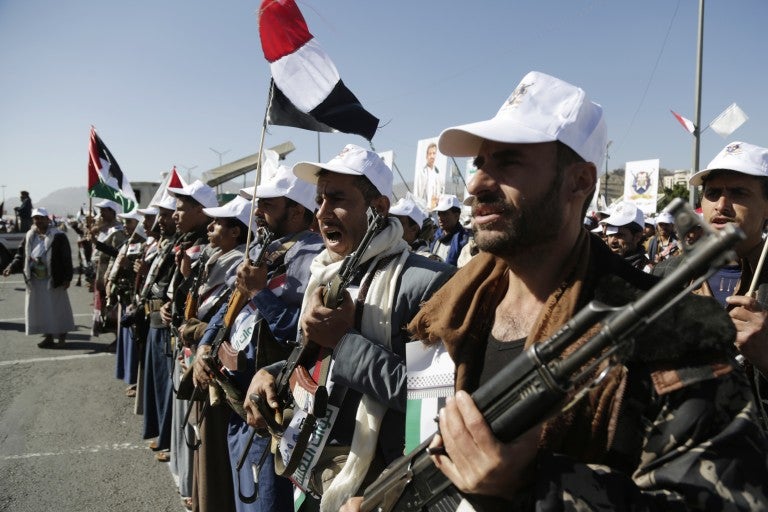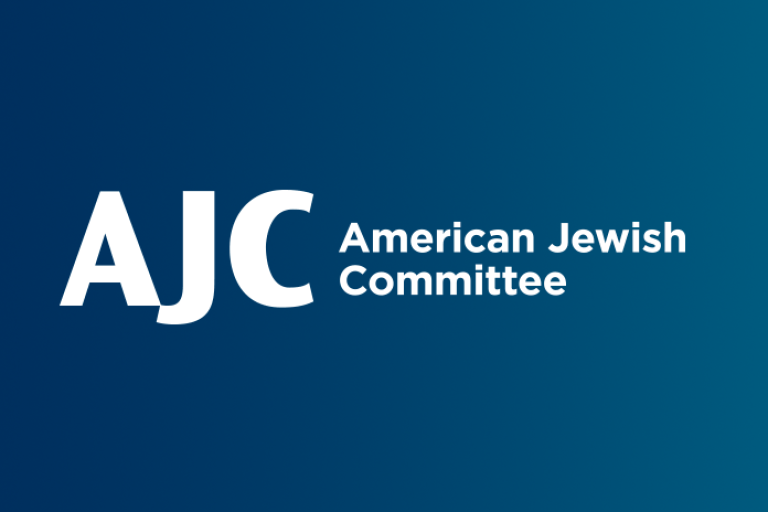August 7, 2017
The Associated Press made waves this week when it posted the text of a once-secret agreement between the International Atomic Energy Agency (IAEA) and Iran. Separate and apart from the pending deal that the P5+1 negotiated with Iran about its nuclear program, the IAEA agreement spells out the procedures for that body’s inspections of the Parchin military site in Iran. It stipulated that Iranian nuclear scientists will be responsible for collecting the necessary evidence themselves, and they would then provide them to the IAEA inspectors—an almost-laughably lax inspection protocol.
But, some have pointed out, all of this relates to inspection of Iran’s past nuclear work, not what it will do under the terms of the P5+1 deal.
Why does it matter?
Iran has steadfastly maintained that its previous nuclear work has been entirely for peaceful purposes, like developing clean nuclear energy and pursuing medical research. But Western intelligence sources disagree, stating that Iran’s nuclear program has military dimensions. In a good deal, Iran would be forced to disclose these possible military dimensions (PMDs) and come clean on all of its past nuclear weaponization efforts, at Parchin and elsewhere.
What falls under the category of PMDs?
When a country’s military brass directs nuclear-related activities, that’s a PMD. When R&D teams work on detonators for nuclear weapons, they are engaged in a PMD. When scientists conduct experiments to test the aerodynamics of weapons designs, or work on figuring out how to load a warhead onto a missile, those are PMDs.
It’s crucial to know those things, because the entire deal with Iran is built on knowing what Iran is doing, and how close they are to developing a bomb. All the talk of breakout time is based on essentially one factor: Iran’s stockpile of highly enriched uranium. The actual work of turning that dangerous substance into a weapon takes time as well. The only way to know how much time it will take for Iran to construct a nuclear weapon is to know everything Iran knows about building a bomb.
That’s why full disclosure of the Iran program’s PMDs is so crucial—Secretary of State John Kerry stated unequivocally in April of this year that the disclosure of PMDs “will be part of a final agreement. It has to be”—and why failing to insist that Iran come clean about this is a major flaw in the deal that is currently before Congress for review.
This non-disclosure puts the IAEA’s inspectors in a serious bind (though the IAEA’s Director General has called the arrangement “technically sound”). The IAEA, already cash-strapped, will be hard-pressed even under ideal circumstances to keep a close watch on Iran’s nuclear program, under the terms of this deal. By not forcing Iran to reveal the nuclear progress that it has already made, the P5+1 is making it even harder, allowing Iran to keep vital information from the nuclear inspectors who are the primary line of defense preventing Iran from attaining nuclear weapons capabilities.


